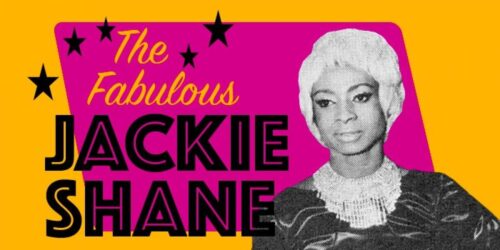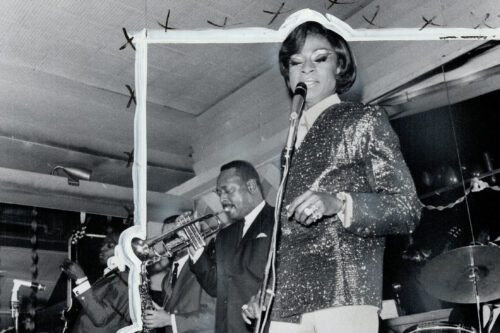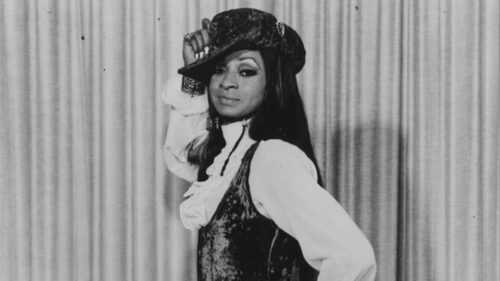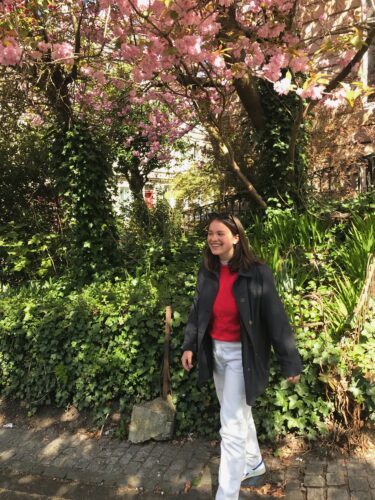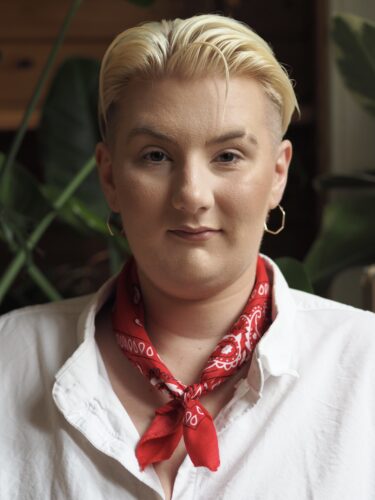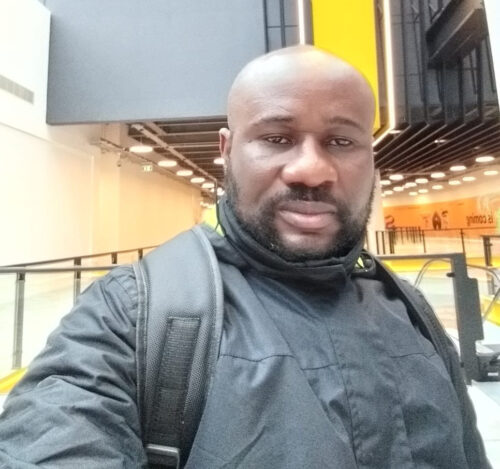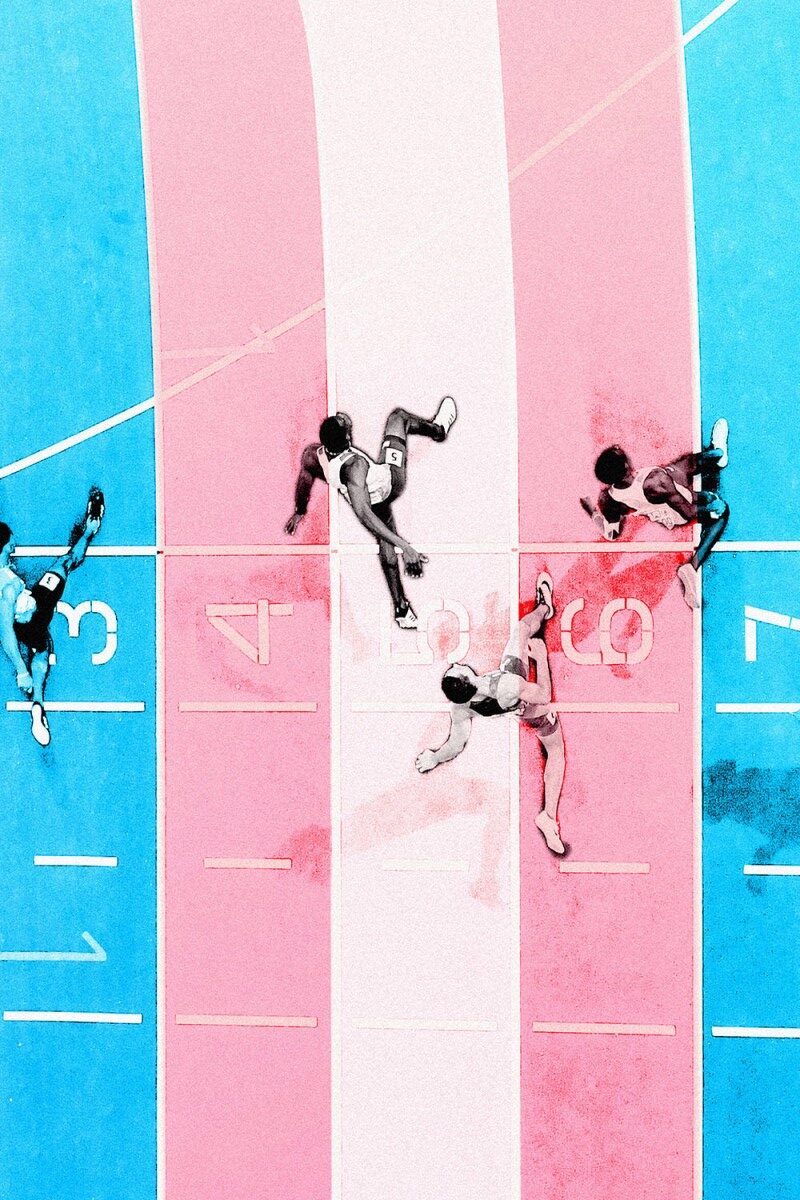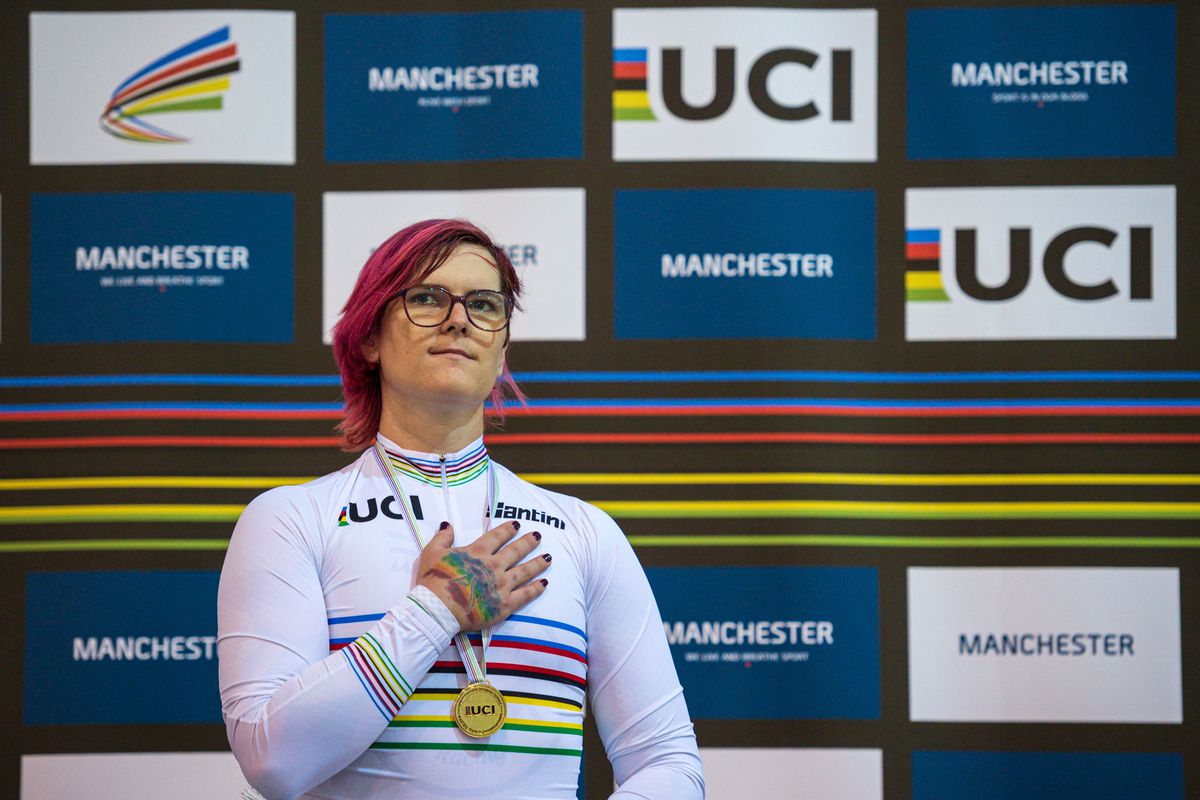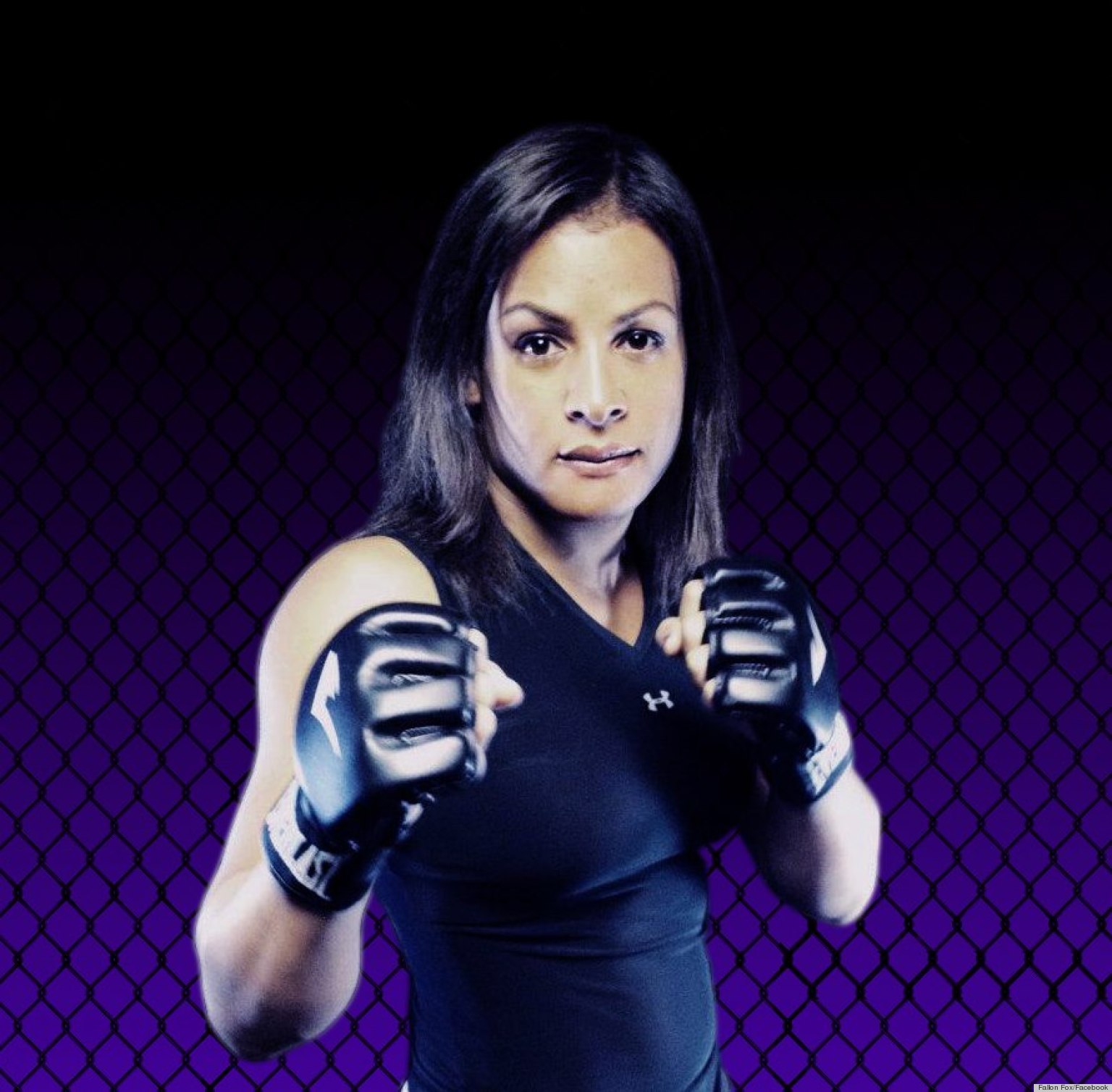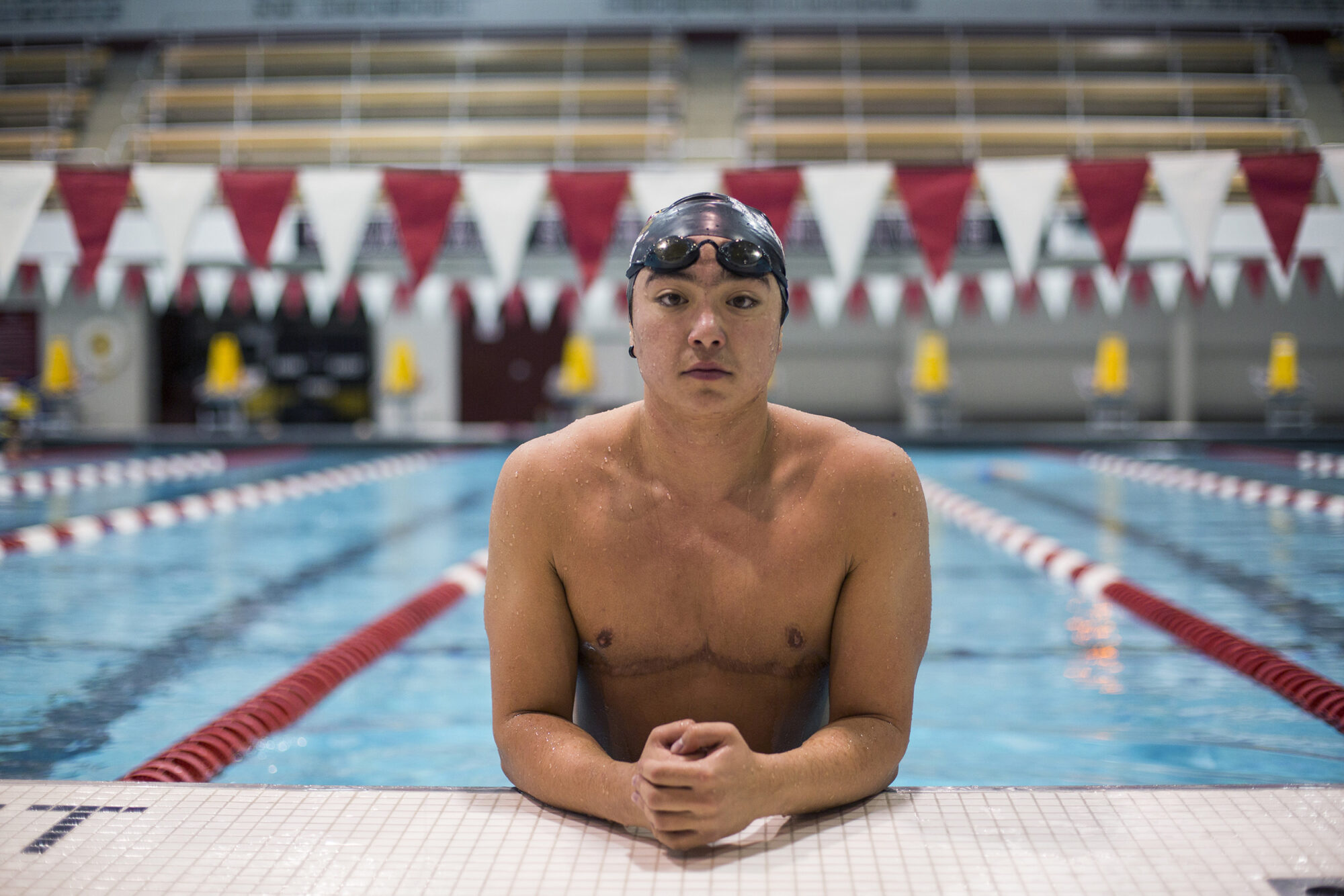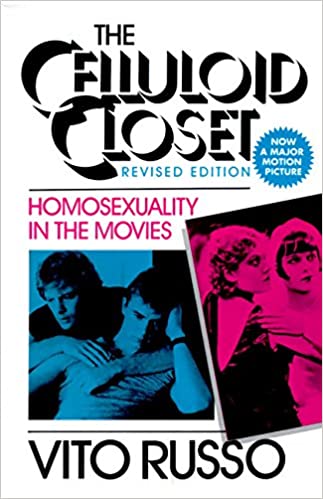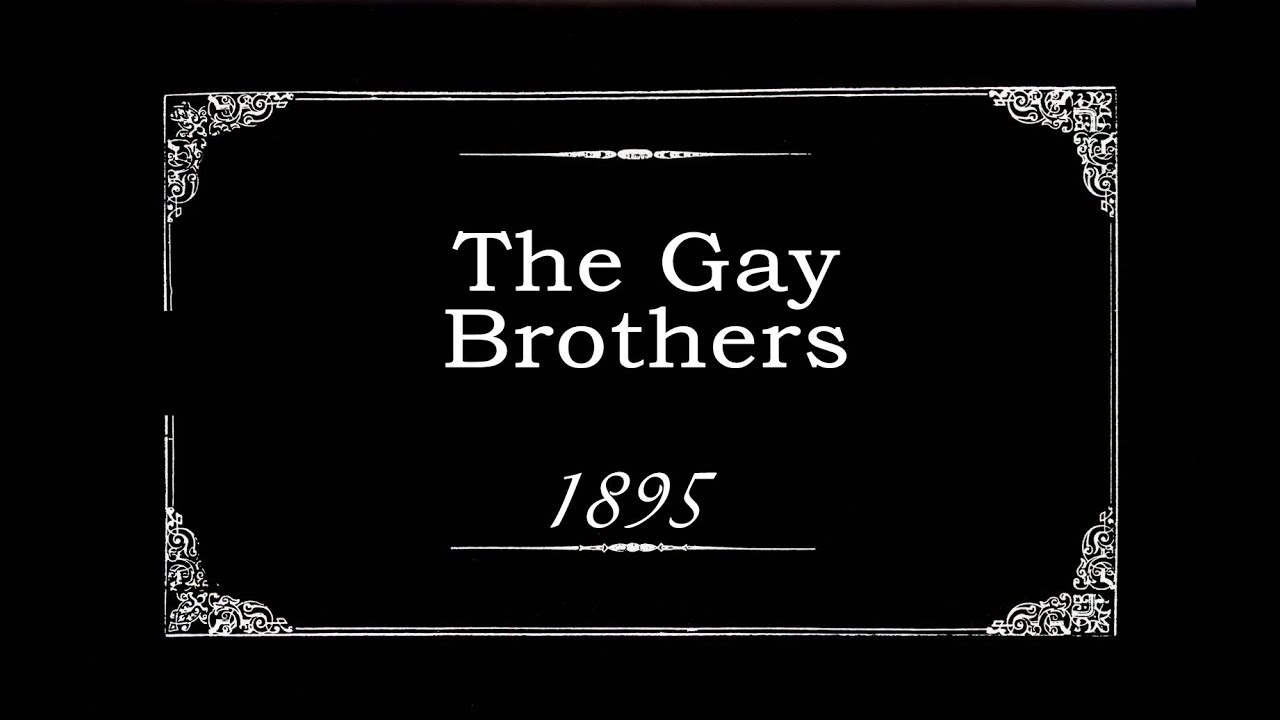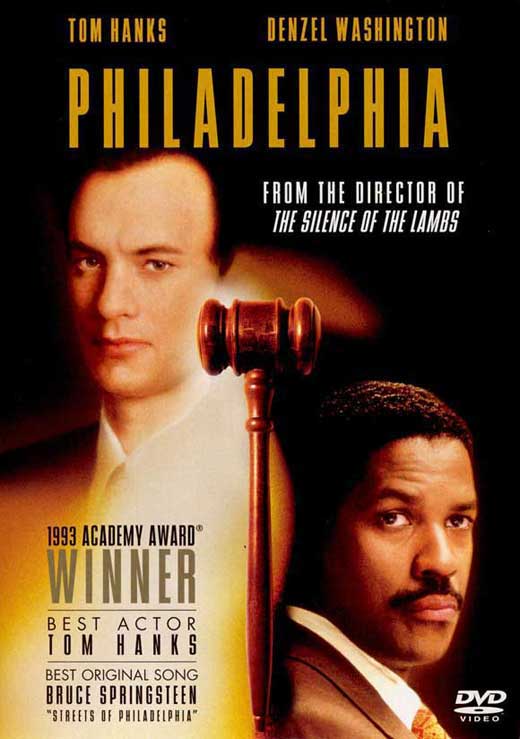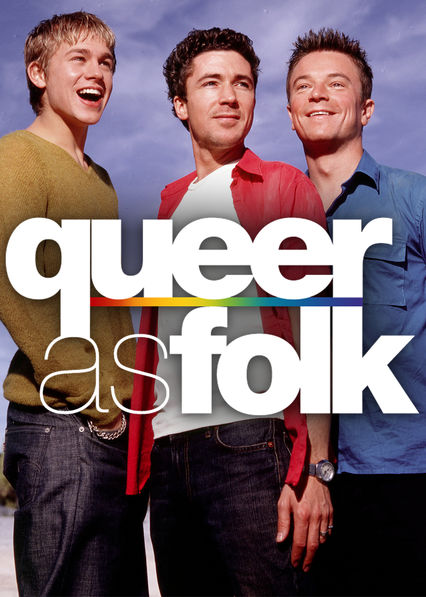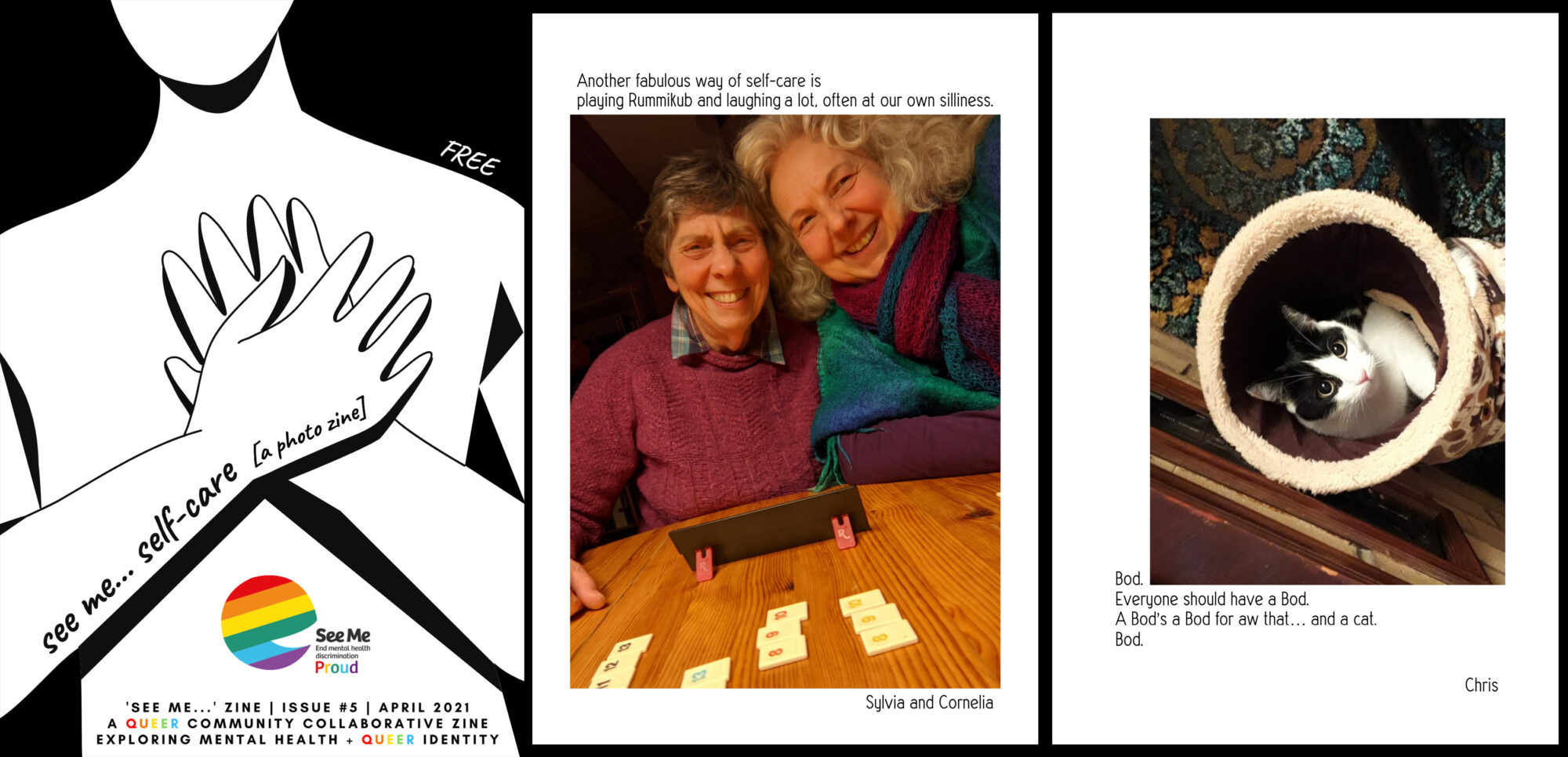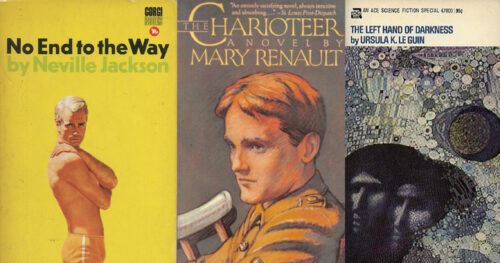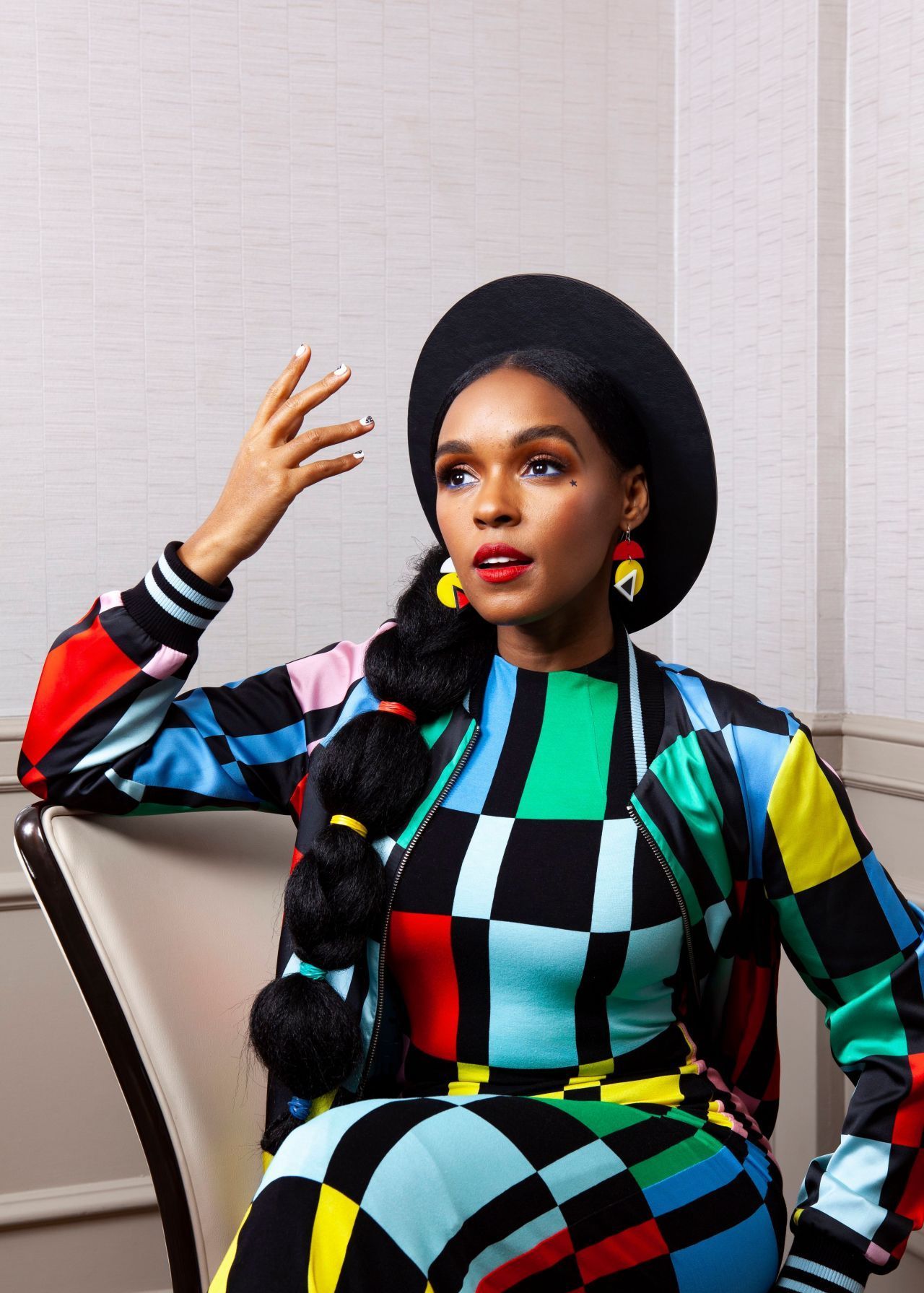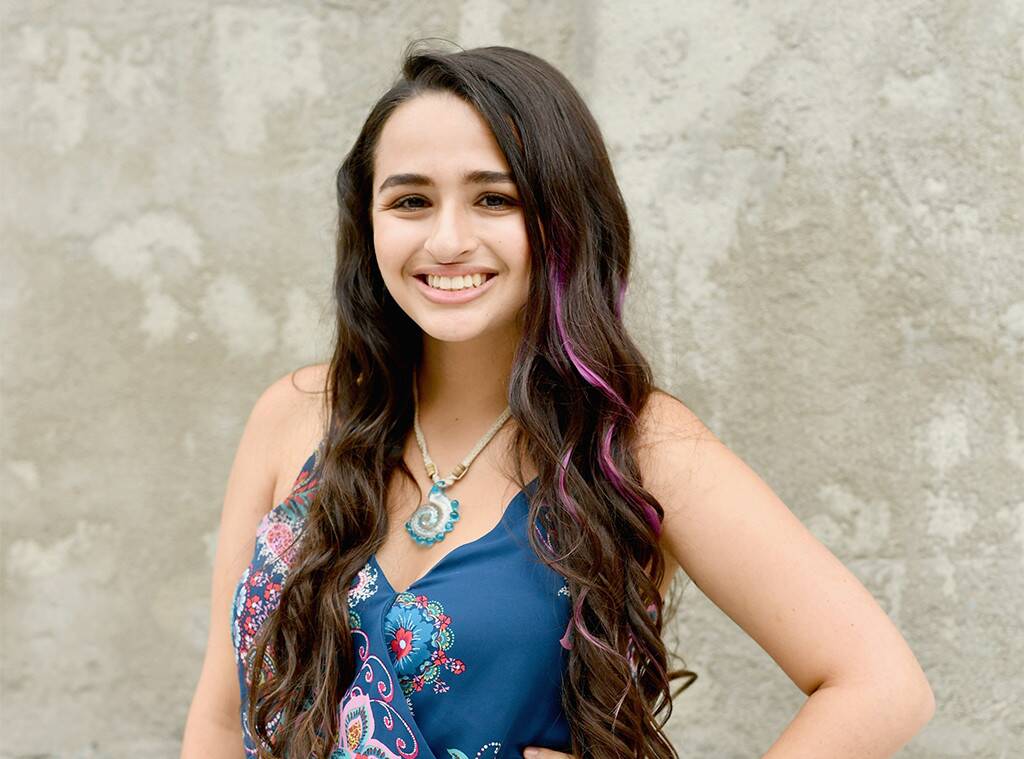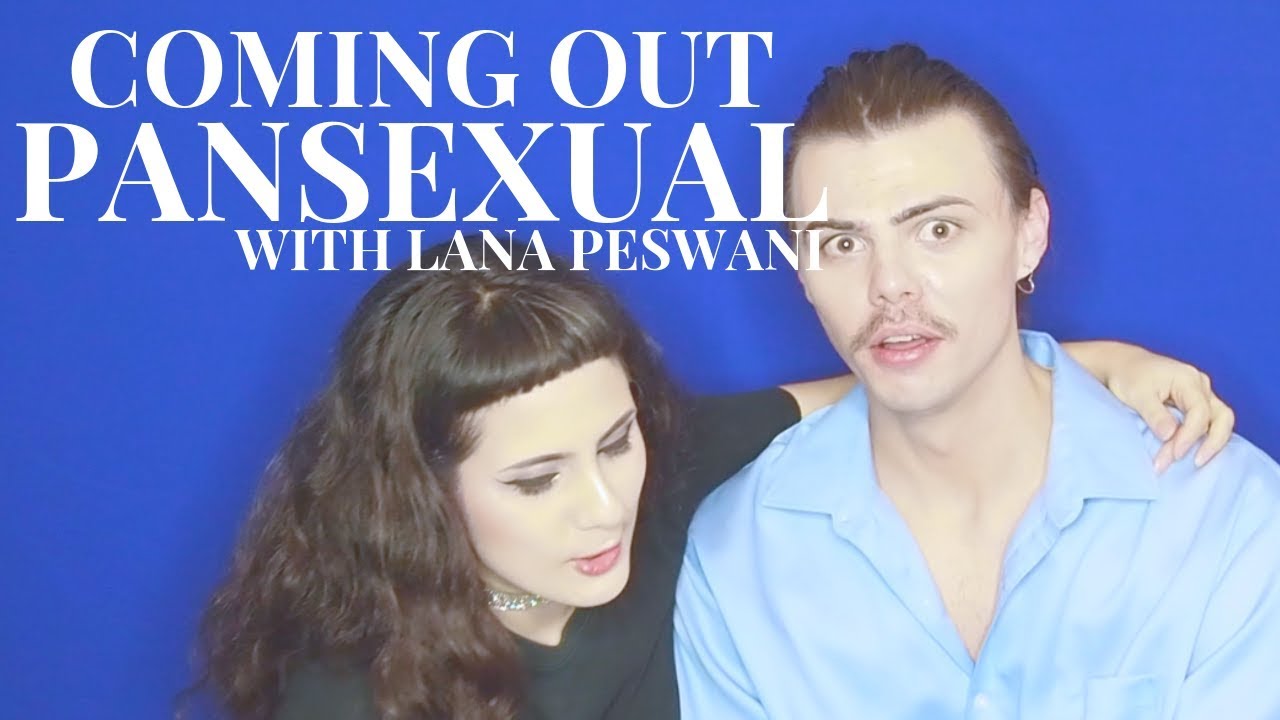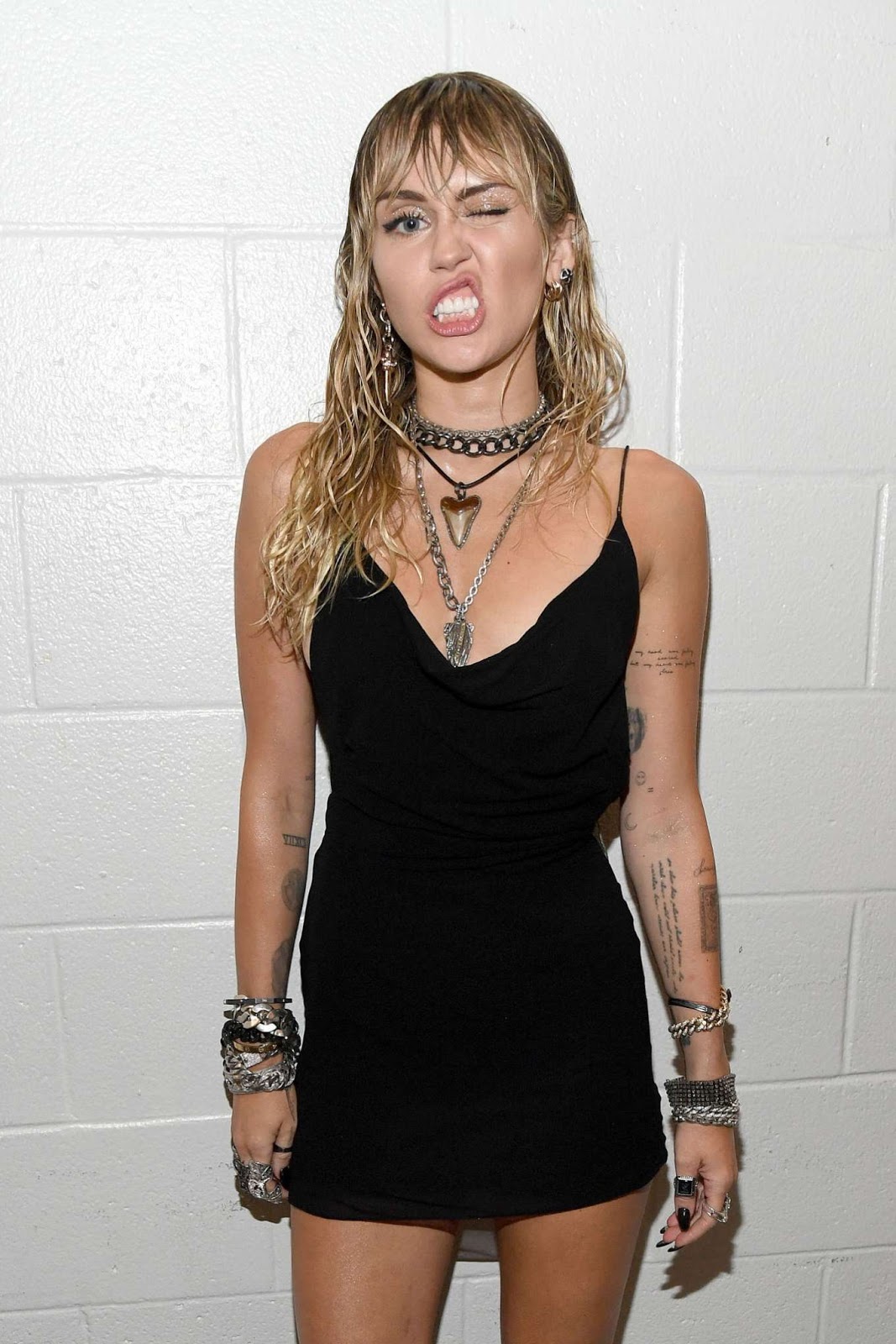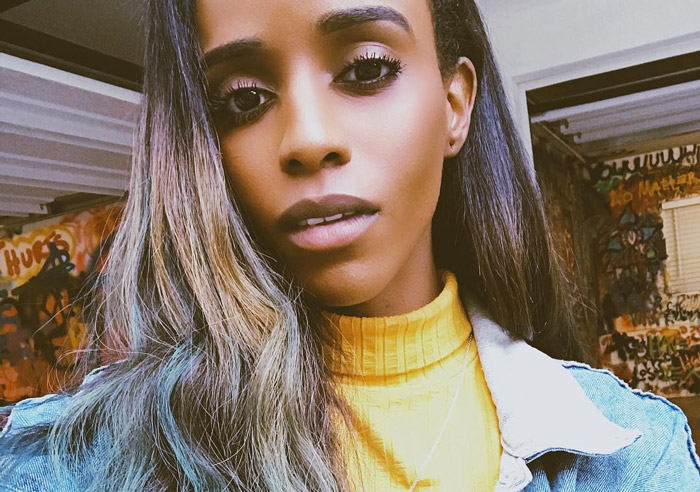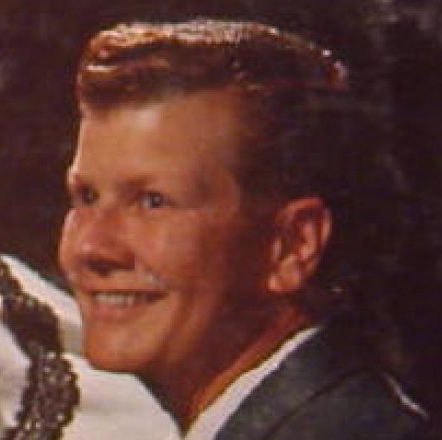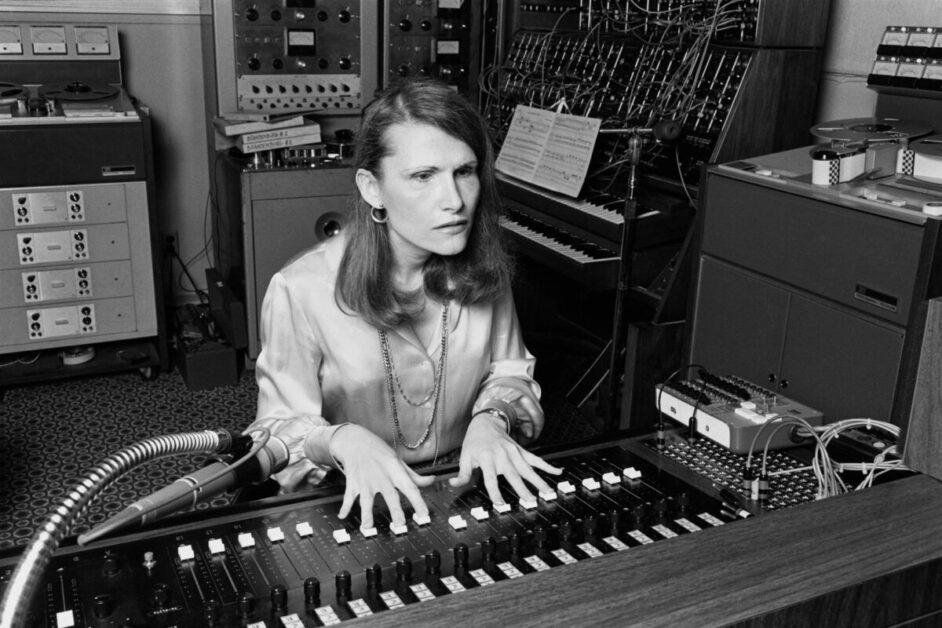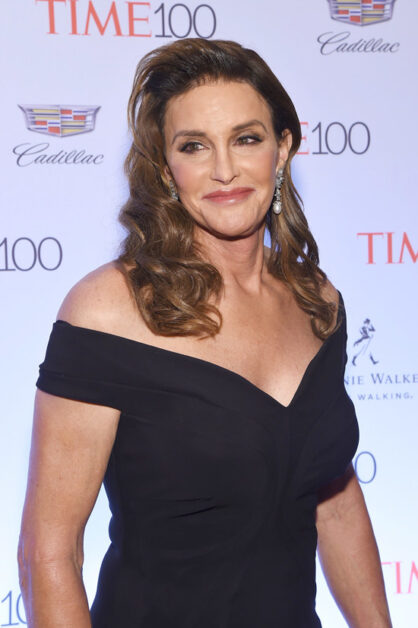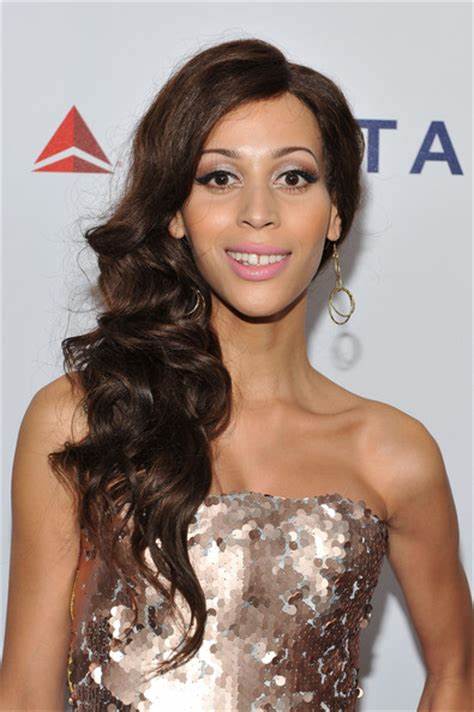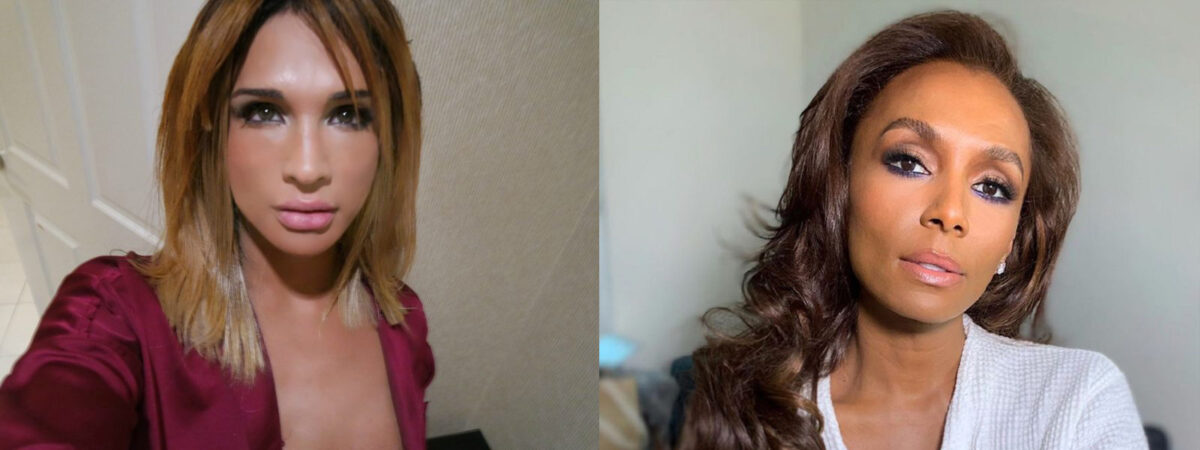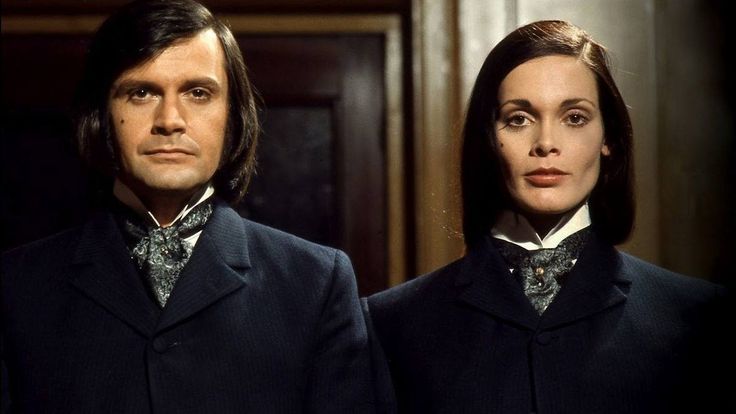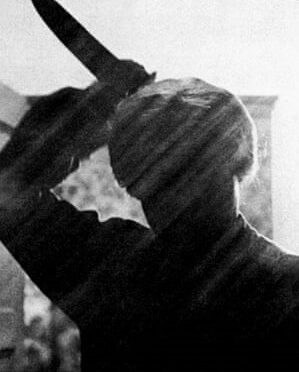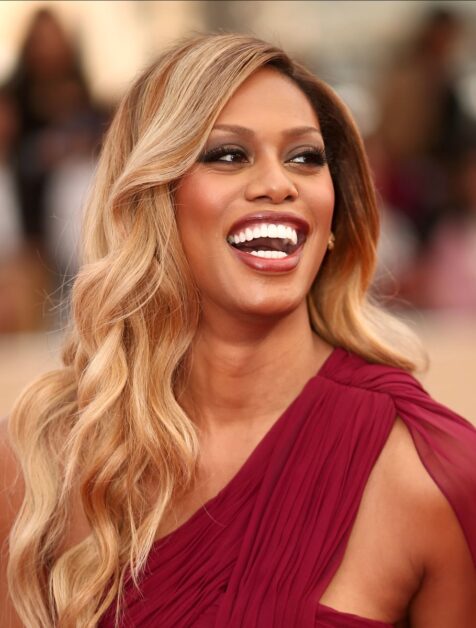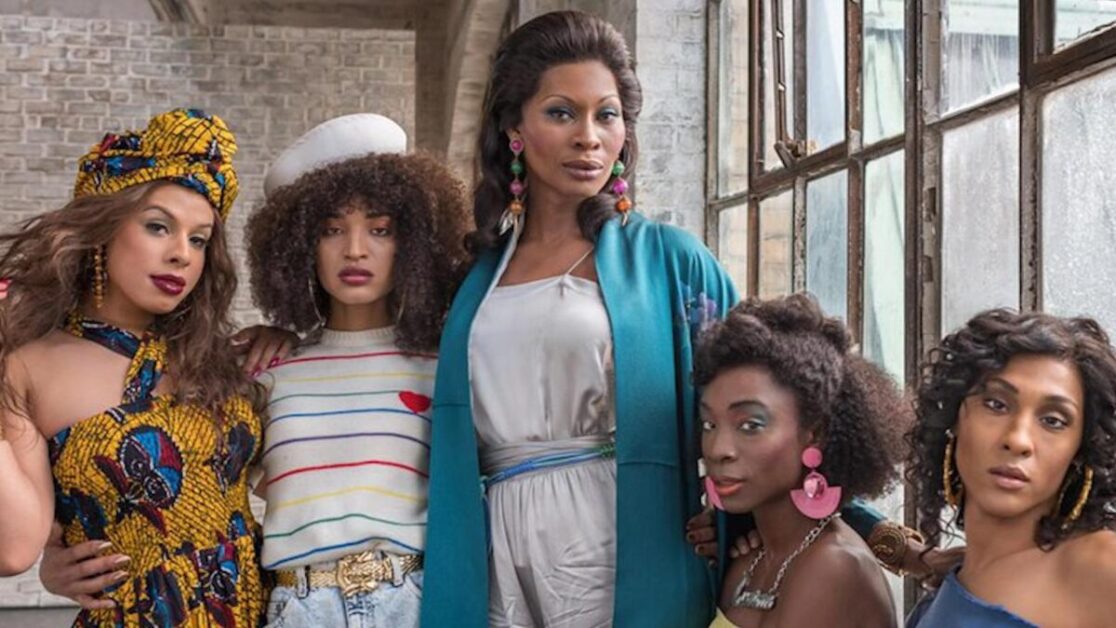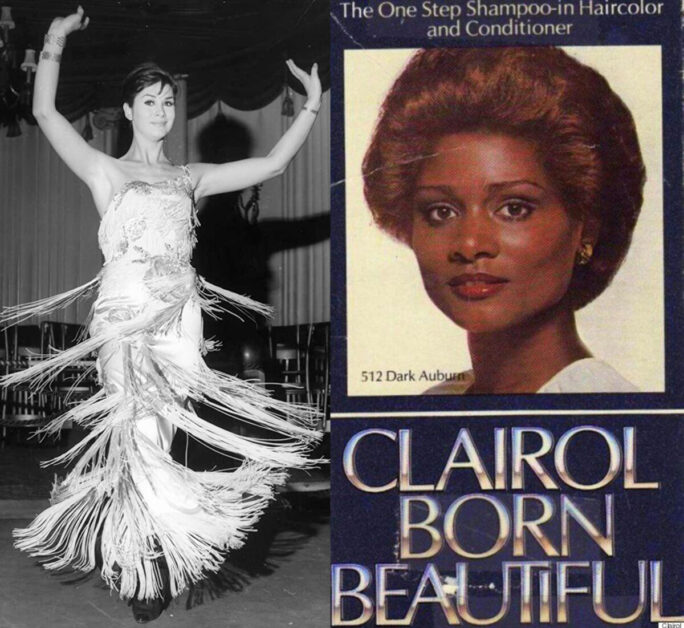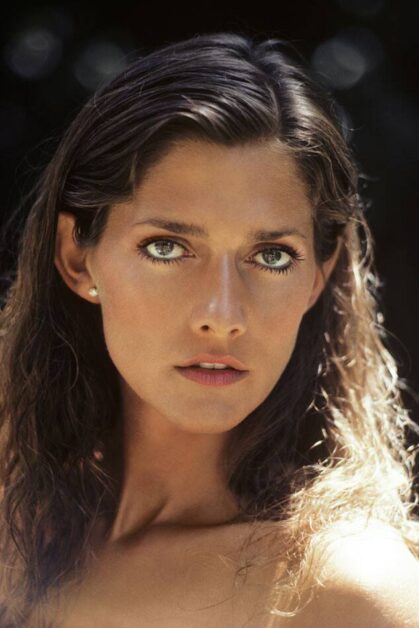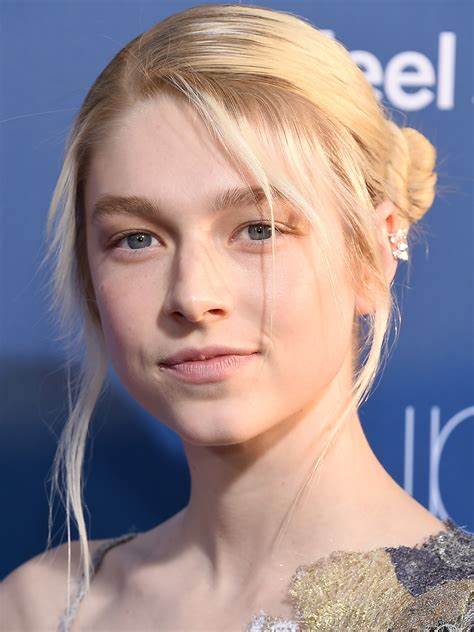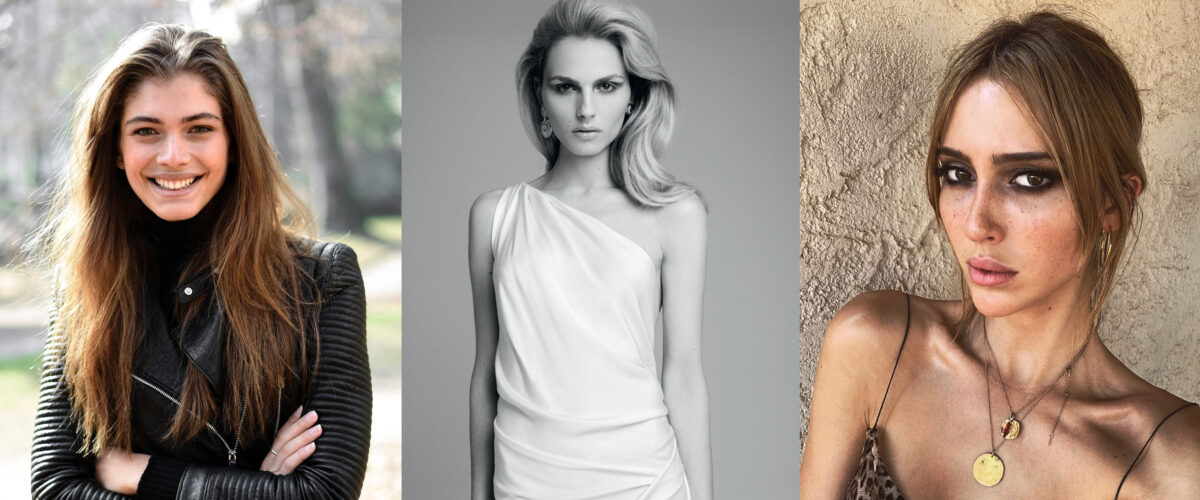 My name is Thierry (he/him), I’m from Cameroon and I’m a volunteer with LGBT Health and Wellbeing in Glasgow. Outside of volunteering, I’m a student in Social Care at Clyde College. I’m really passionate about working with kids so that’s what I’d like to do in the future. I believe the kids are the future of tomorrow so I’d like to help them on the right path for them so they can shape a better future.
My name is Thierry (he/him), I’m from Cameroon and I’m a volunteer with LGBT Health and Wellbeing in Glasgow. Outside of volunteering, I’m a student in Social Care at Clyde College. I’m really passionate about working with kids so that’s what I’d like to do in the future. I believe the kids are the future of tomorrow so I’d like to help them on the right path for them so they can shape a better future.
What was your journey to becoming a volunteer at LGBT Health and Wellbeing?
I came across LGBT Health and Wellbeing when I was struggling with myself. I was in London and when I moved to Scotland, I only had one friend who took me to a meeting with LGBT Unity. After going to several meetings, Solomon who ran the meetings told me about another event with LGBT Health and Wellbeing that I could go to. I told myself I’d go see how it is because I didn’t know anybody and I was looking to be part of the local community. So I went (back in May 2019) and that’s where I met Benn (Glasgow Mental Wellbeing Development Worker) and as we spoke, I thought it was really interesting what the organisation was doing so I asked how I could actually be part of it. Then Benn gave me the programme booklet with all the events happening at the time, and from there I joined the Wellbeing Café (back when it was in a café), the Wellbeing Walks and few other events.
The first time I volunteered was with Ian at the Rainbow Spoon meetup in Project Café. One of the main reasons I decided to volunteer was to know more about the LGBT community and how I could help. But also, how I could be supported in terms of my mental health and wellbeing. I thought if there’s one place where I could really understand what LGBT stands for, it’s by joining these events and volunteer for them. In Cameroon where I grew up, we don’t actually know what LGBT stands for. We don’t even speak about the term LGBT so it was new to me and I wanted to know more so that’s why I joined LGBT Health and Wellbeing. I took it as an open door to understand more and to belong to a community and be part of a group of people.

But also, when you go somewhere and meet people like Ian and Benn who can help you feel positive about yourself and when you receive all the help then the logic is for you then to help others. There are so many people coming to LGBT Health and Wellbeing who need help too, so you receive then you give back. That’s my way of doing things and that’s how I understand it. I was fortunate to have these people around me that were able to give me something that I will value for the rest of my life, so it’s my duty to transmit it to others.
What do you do as a volunteer at LGBT Health and Wellbeing?
I volunteer with Benn on the Mental Health Project and with Stella on the LGBT Refugee Project which is massive but quite new, where I run the Men’s Group (there is also a Women’s Group). We have so many members and at the moment, it’s a bit difficult because we only meet online and there are a lot of them I haven’t met face to face so there’ll be a lot of catch up at some point but that’s just how it is with everything happening right now. It’s still fun and we’re trying as much as possible to help the ‘new Scots’ as we call them and the asylum seekers.
Sometimes it’s not easy because you come across different kind of people and then you can find out it could be difficult to talk to someone or to approach them to help them. But if you’re happy doing something and you have the will to do it, no matter what the situation is with someone, you will always be there to give a hand to them when needed.
When I first started volunteering, we would get briefed about what to do, how to approach people but during the meetup you might not do it the way it’s supposed to be, or if you did it how it should be, someone might not respond to that so you will have to adapt to make them feel at ease and comfortable. They are coming to find a place where they can enjoy a social life, they want to be happy and to feel safe but creating a safe environment isn’t always easy, there might be issues but we always find a way of resolving them at the end of the day. It’s a learning process, every day, every week, every month, you learn something.
What are you the most proud of as a volunteer?
When you give help to somebody, you have that sense of satisfaction because you are able to help that person. And by doing that, you know that you did something good. You were able to impact on the life of somebody. Being able to impact the life of someone and to put something in the life of that person that they will remember for the rest of their days.

When the pandemic started, I lived in a hotel for 9 months and that wasn’t easy. At that time, I only had my phone so imagine doing meetings and basically everything on your phone. But the best thing that came out of it was the fact that I was able to do those meetings and to tend to someone who needed help when they were going through something difficult. I remember one day at around midnight when I was asleep, my phone rang with someone who just wanted to talk. I woke up and spoke to them for about two hours which isn’t easy because you don’t know what the person is going through. But couple days after when we spoke again, he said that night he called, he was afraid to call me but I told him my phone is always open so he could just give me a call when needed and that we will figure what to do. With the poor conditions in the hotels where asylum seekers are living, it’s important to have somebody you can count on. It was difficult at the beginning but now we are able to do things much better and we feel much more comfortable where we are at the moment.
Another thing I’m proud of, I remember last year around October or November, out of the blue Benn called me about an event that needed to be coordinated by someone. I hadn’t done anything like this before so I wasn’t sure how to deal with it but then I coordinated it with someone else and at the end I was really satisfied because everyone who attended reported they were happy with how things went. Being able to see the smile on someone’s face, it’s just pure joy.
What more are you hoping to achieve as a volunteer at LGBT Health and Wellbeing?
At the moment, I’m learning how to create a safe ground for someone I meet for the first time. At the start, you don’t know how to approach someone so creating that safe space to maintain a sense of trust is important. The moment a person trusts they can open up to you, they will tell you everything and when you have all the information, you can help the person in the best way possible.
One thing I don’t really put out there is that I actually want to be out there and talk to people. By talking to people, you help but you also gain something. Because we are all different, we either have different backgrounds or different ways of doing things so by talking to people you learn something new. And when learning that thing, you might come across somebody who you might not be able to help the way you thought you could but you might use that thing you learned from that other person to help that new person. So, it goes around really.
If you could change one thing for the LGBT community, what would it be?
If I could change one thing, it would be acceptance. Because the LGBT community is still struggling, either here, in the US, Africa or Asia, wherever they are, they are still struggling. If they feel accepted and that they are being valued, things would be different. I had a conversation once with someone and I told them that no matter who they are, the first thing that I owe anybody in front of me is to love them, value them and accept them because I don’t have the right or power to change that person. They define themselves so it’s up to me just to accept them the way they are. So yes, if I had a magic wand to change anything, it would be being accepted. Being able to walk out in the world without being afraid, being able to do things without anybody judging you. That’s the first thing I’d do, it might not be the biggest thing but it’d be the first I do.

Where I grew up when they don’t know something or understand something, they are afraid of it. They say it’s bad. When something new comes up, they say it’s bad because they don’t understand it. But how would you understand something if you are afraid of it. Unless you try to understand or that person speaks to you, how could you? When I was growing up, I was always open-minded. When I was looking at something new, I would ask what is that, I want to know what it is and it’s always pushed me to do things that people were always questioning. They would ask why is he doing this, why is he doing that, but that’s just the way I am. It’s not because you don’t understand something that it’s bad. And if you have power, it doesn’t mean that you have to control everybody else. That’s not how it works. Unfortunately, that’s how things seem to work at the moment but if I had the power to change this, I would. Simple, everybody has the right to live, everybody has the right to feel safe and by being safe, they can actually do more things, explore more things.
Who do you look up to?
Growing up I was really lucky because I was looking up to my dad. He was the person I wanted to be like. But I didn’t want to only be like him, I even wanted to be more. He was a very social person and he was out there. He would travel a lot for work and when he came back, I was always close to him, I wanted to talk to him and know more.
But now, those I look up to are those that communicate and that I know that whatever happens I can call anytime. I’m thinking people like Benn and Stella because they have experience that I don’t have at the moment. Seeing what they are doing for the community and for themselves, I want to do more to be like them and maybe even more actually.
Also, when I listen to the speeches of Nicola Sturgeon on TV, I see somebody who wants to do more for the Scottish people and one of the good things is that she supports the LGBT community which is good for me also. These are the type of people that when I wake up in the morning, I want to be greater than them or like them at the very least.
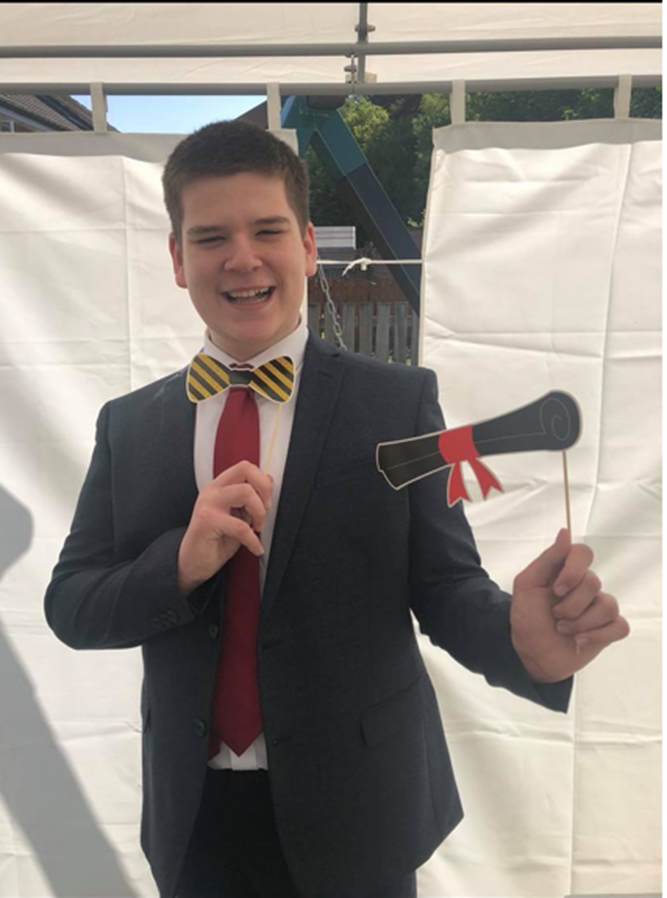 Hello there, how are you all doing?
Hello there, how are you all doing?


